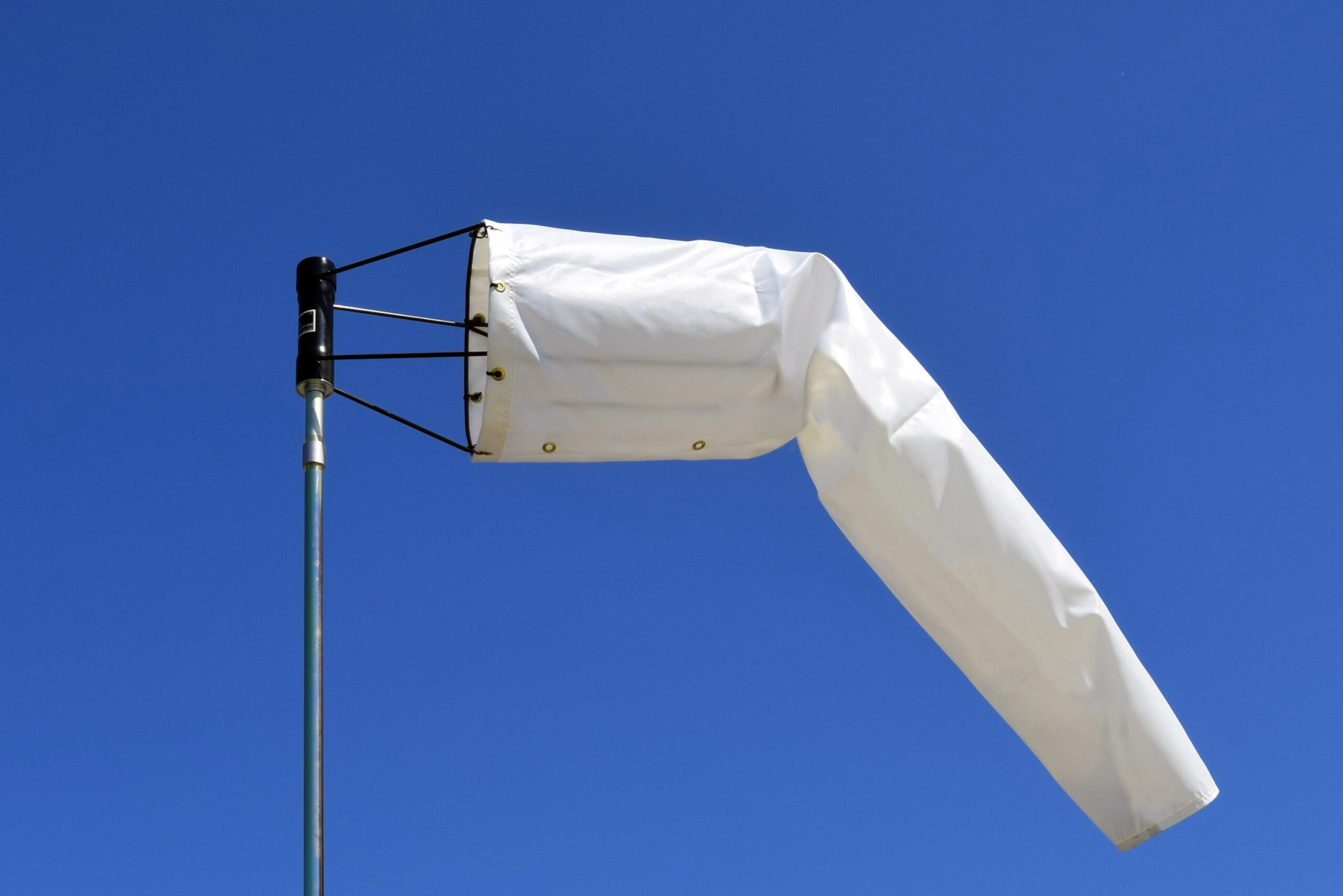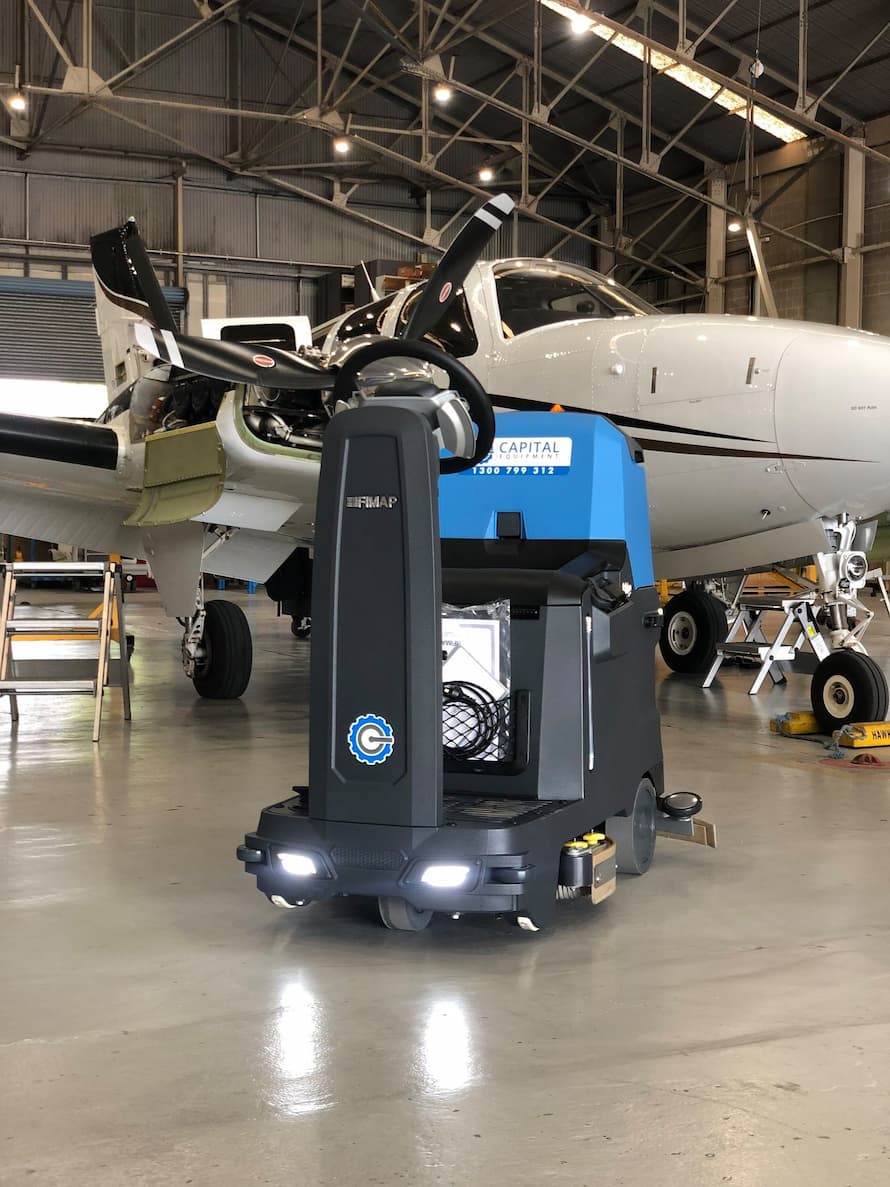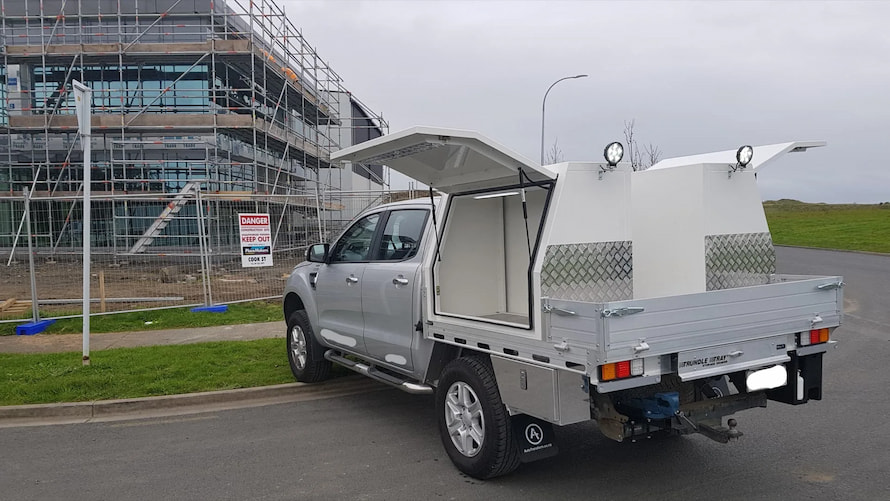Industry
Windsocks: The Unsung Heroes of Australian Aviation Safety
Few devices are more rapidly or readily identified with aviation than the classic windsock. And in an age where aeronautics is dominated by electronic flight books (EFBs) and chartless GPS navigation, these venerable wind detectors are as integral to flight safety today as they’ve ever been.
Aircrews and groundcrews alike depend on the instantaneous visibility that windsocks provide for reading wind speed and direction. That’s because even though there’s a myriad of meteorological instruments and data streams available for them to base their decision-making on, none offer the simple, fixed-point visualization that windsocks do. Pilots in particular know that learning to interpret windsock behavior means knowing how to recognize a potentially dangerous wind variable before taking off or landing; and that’s the added measure of safety that they all want, regardless of the type of airfield they’re using.
Keeping Modern Australian Aviation Safe with Classic Windsocks
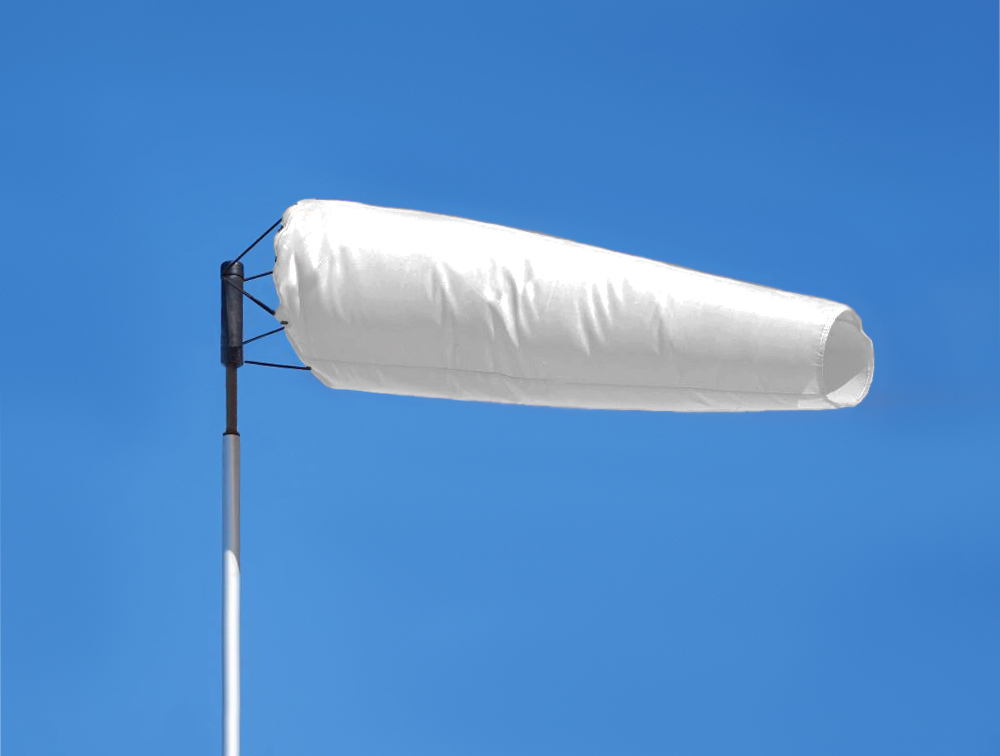
Source: flightstore.com.au
It’s a fact: not only does Australia have one of the most active and diverse airspaces in the world, it’s also consistently ranked as one of the safest. That’s because of the intense focus on fundamental safety, including ensuring that the heavy-duty windsocks Australia mandates at each of its more than 3,000 controlled and uncontrolled airfields are properly maintained and serviced at all times.
Airfield operators understand that there’s nothing arbitrary about how or where windsocks need to be deployed, and Australia’s Civil Aviation Safety Authority (CASA) removes any ambiguity regarding the quantities, construction, and even locations of windsocks at each of the nation’s airfields, heliports, and balloon ports. Australia’s natural climatic diversity is a fertile environment for severe low-level wind shifting events, such as gusting, wind shear, and microbursts; and as air traffic densities have continued to increase, the need for ground-level detection is more important than ever. This is why the increased use of the weather windsock has become so prevalent, as well as why learning how to effectively read one is a safety imperative.
Windsocks Give You Ground Level Visibility for Critical Decision Making
Aviators and airfield ground crews are only too familiar with the limitations of electronic airport wind indicators and systems when it comes to variables like downdrafts and wind shear. They know that ground-level winds can change direction and velocity on airfields quicker, and more sporadically than multi-node electronic sensors can record; that makes aviation windsocks the most accurate on-the-spot wind indicators that aviators have.
Whether it’s at a major ICAO-certified Class-C airport or a privately owned Class-G airstrip, free-rotating commercial windsocks are the preferred points of reference for surface wind activity because of key attributes that include:
- Instant visibility. With their easily discernable colours, strategic placement at midfield and runway thresholds, and lengths of up to 3.65m, CASA-approved aircraft windsocks are readable from both the air and the ground.
- Quick wind speed estimating. Windsocks give pilots the ability to physically observe real-time wind speeds at exact locations, allowing them to make a first-hand determination as to whether it’s within their aircraft’s minimums.
- Wind direction identification. Not only does an airfield windsock make it possible for a pilot to visualize the prevailing wind direction, but to also recognise if a change in wind direction has taken, or is about to take place.
Make no mistake: regardless of the type or size of aircraft, there’s nothing more detrimental to a safe departure or arrival than unpredictable wind behavior. And although large aircraft are less prone to difficulties due to wind shifts, even modest wind bursts can create conditions where a pilot may have to rapidly alter a takeoff or landing distance, or initiate an aggressive last-moment abort maneuver. There’s simply no way to avoid these variables altogether, but airfield windsocks give pilots and ATCs the best on-the-spot opportunity to make a critical, split-second decision.
Heavy Duty Materials and Construction Make Windsocks Durable
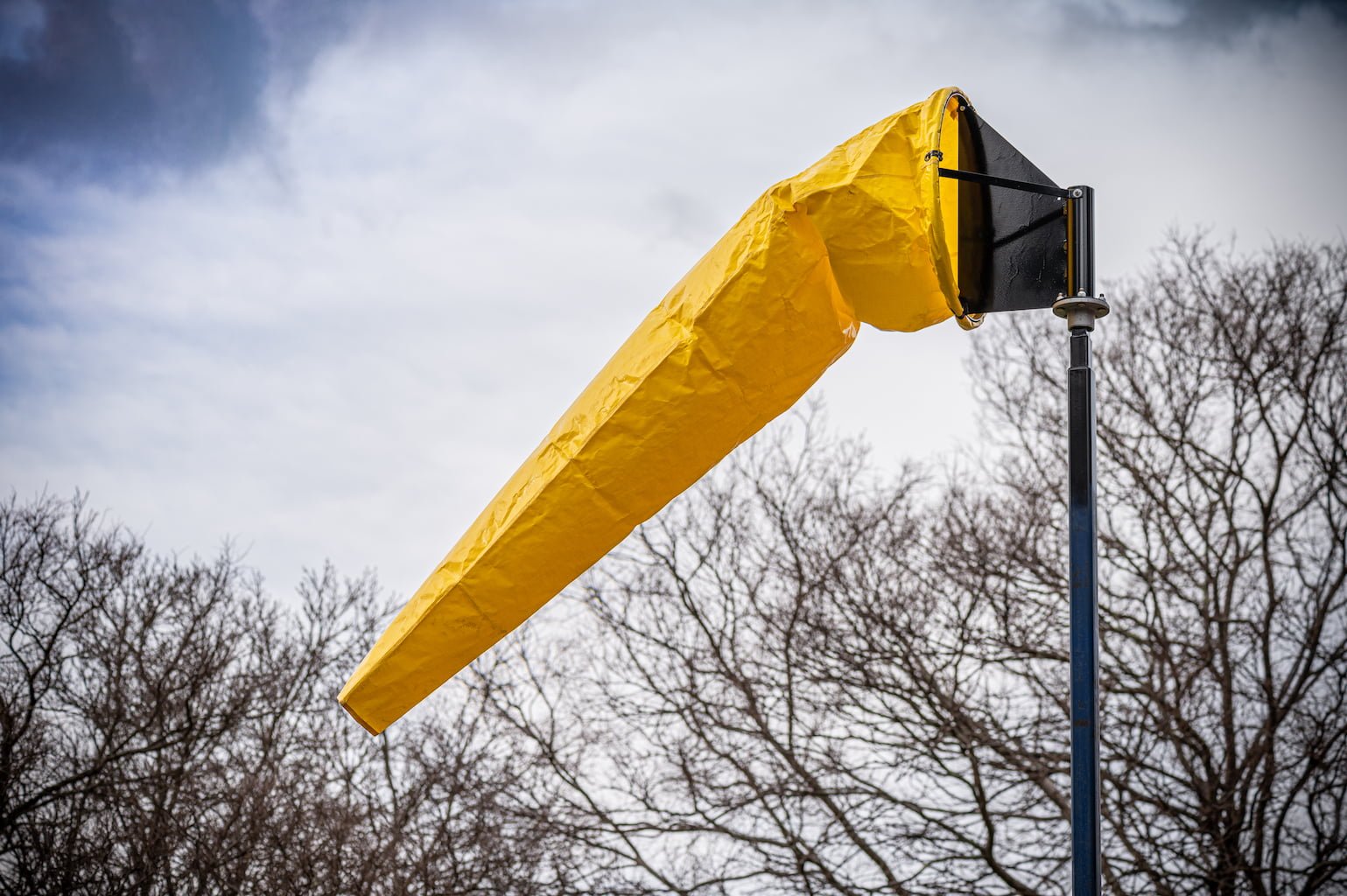
Source: lakesentrancehelicopters.com.au
If you’re a public or private airfield owner or operator, then you undoubtedly understand that aviation windsock serviceability isn’t just a prerequisite for ongoing CASA compliance: it’s a matter of airfield safety. Everything from wind, rain, and UV exposure, to the debris from wake turbulence, and jet and prop wash can take a massive toll on windsock survivability, which is why the materials they’re constructed from need to be the longest lasting.
Australian-made windsocks for sale are among the most durable in the aviation industry, and operators know that they can be trusted for key construction qualities that include:
- Water-repellent and UV-resistant Australian Defense Forces grade polyester bunting;
- Availability in either Australian Standard (AS) 2700-2011 white (primary) or yellow (secondary) for aviation;
- Size ranges from 1.4m, 1.52m, 2.44m, and 3.65m in length;
- Aerodynamically designed to reach maximum sleeve extension at a wind speed of 15 knots; and,
- Brass grommet fitments for securing to tube masts.
CASA-compliant airport windsock assemblies are also designed to satisfy Manual of Standards (MOS) guidance for both illuminated, and non-illuminated requirements. It’s assurance that your airfield’s windsocks are visible at all times from the air or the ground, either day or night.
Mounting Hardware That Keeps Your Airfield Traffic Safe
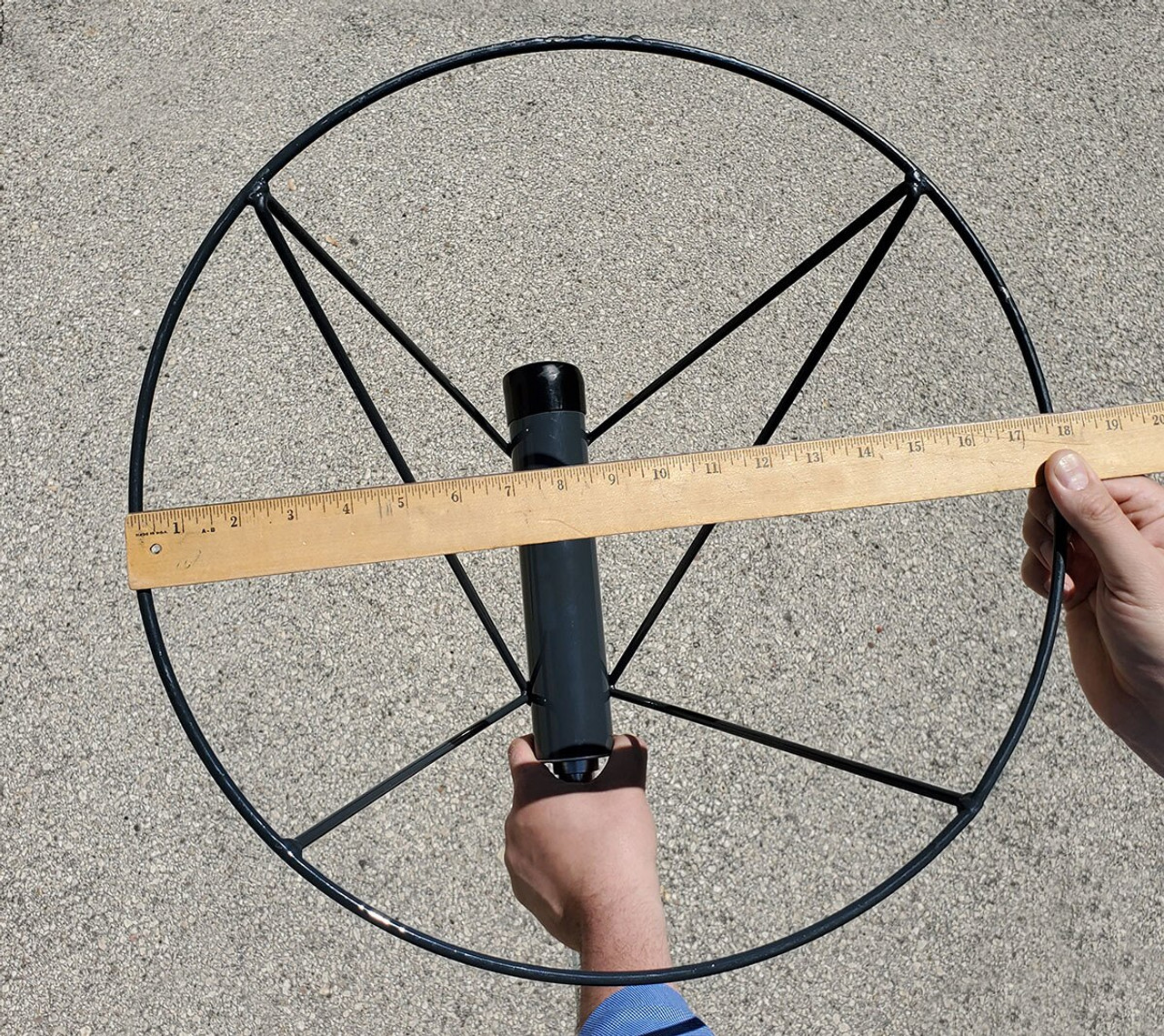
Source: flagsexpress.com
Beyond its sleeve size and colouration, a safety windsock also has to be properly mounted and free to rotate. That means the mounting hardware, especially the frames and brackets, also need to be built to handle the harsh all-weather conditions found at active airfields, and should feature a rugged range of specs that include:
- A TIG welded, corrosion-resistant 316 stainless steel framework;
- Availability in 13”, 18”, 24”, and 36” diameters to fit all CASA-compliant, and industrial windsocks; and,
- Dual bearing construction to ensure full rotation in even the slightest breeze.
And while aircraft windsock mounting heights, along with their proximity to buildings and other structures have to be considered, ensuring that your field’s windsocks are supported by the sturdiest hardware gives you a solid step-up on keeping your airfield traffic safe.
The Final Word
At the end of the day, in spite of their nostalgic appearance, windsocks are still the most effective means for aviators to anticipate the winds around them. As experienced pilots are even able to decipher the wind activity directly above or below the windsock, they offer a view of low-level wind behavior that electronic detection systems can’t match.
The heavy-duty windsocks Australia produces have been a major contributor to the safety of the nation’s skies. They provide the unconditional visual feedback that aviation professionals need to ensure that Australian airfields and airspace continue to be regarded as one of the world’s safest.


